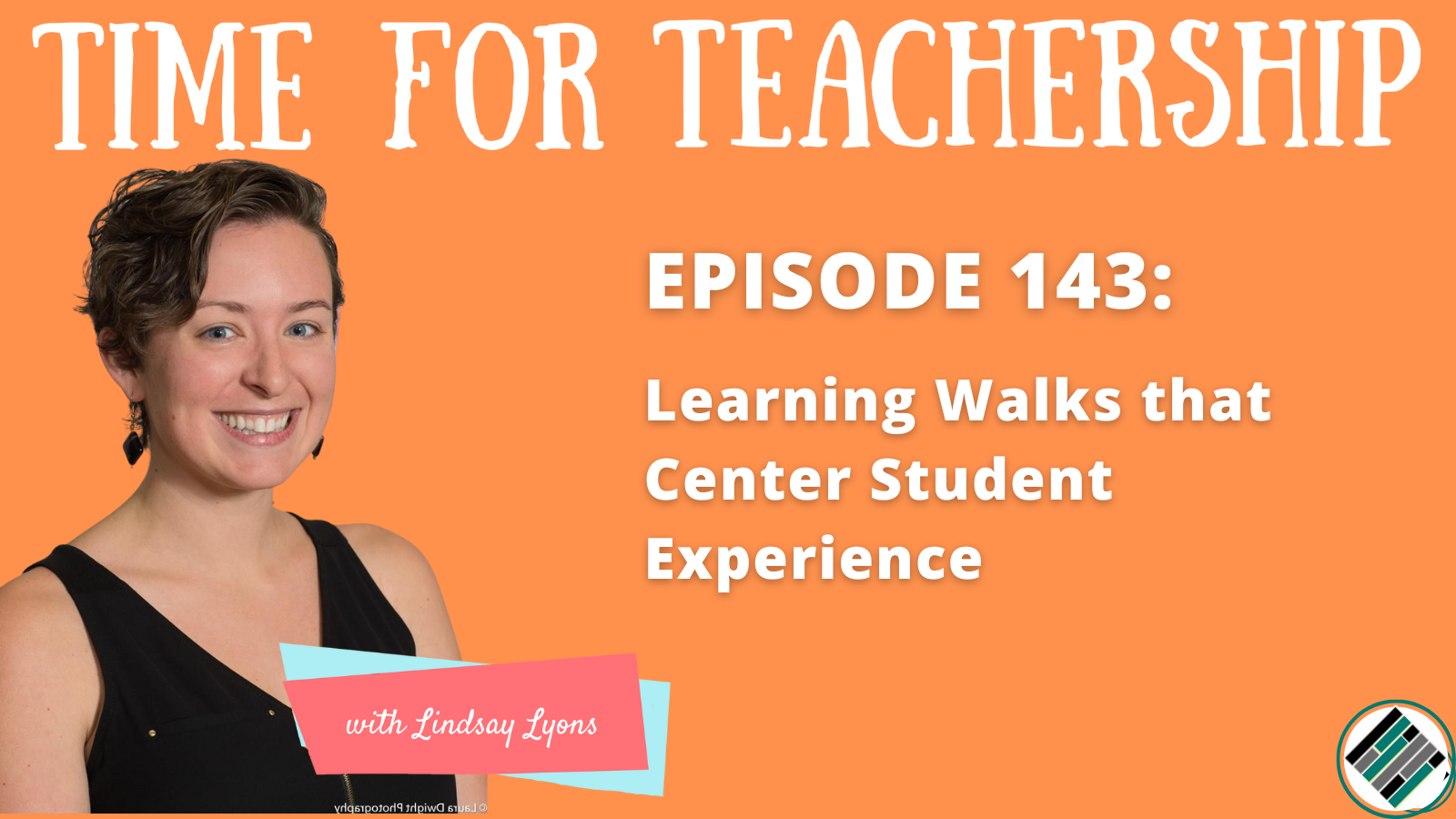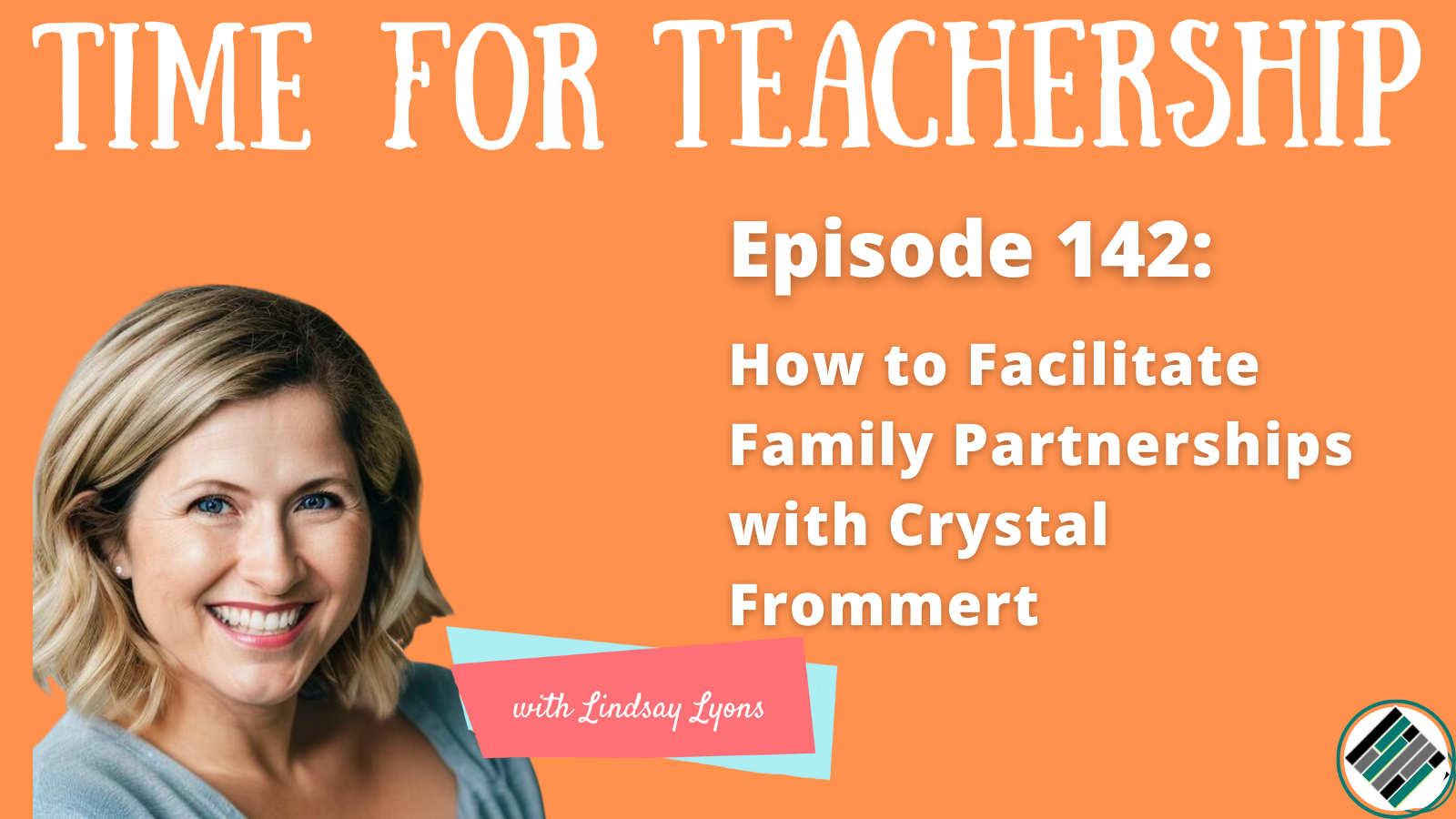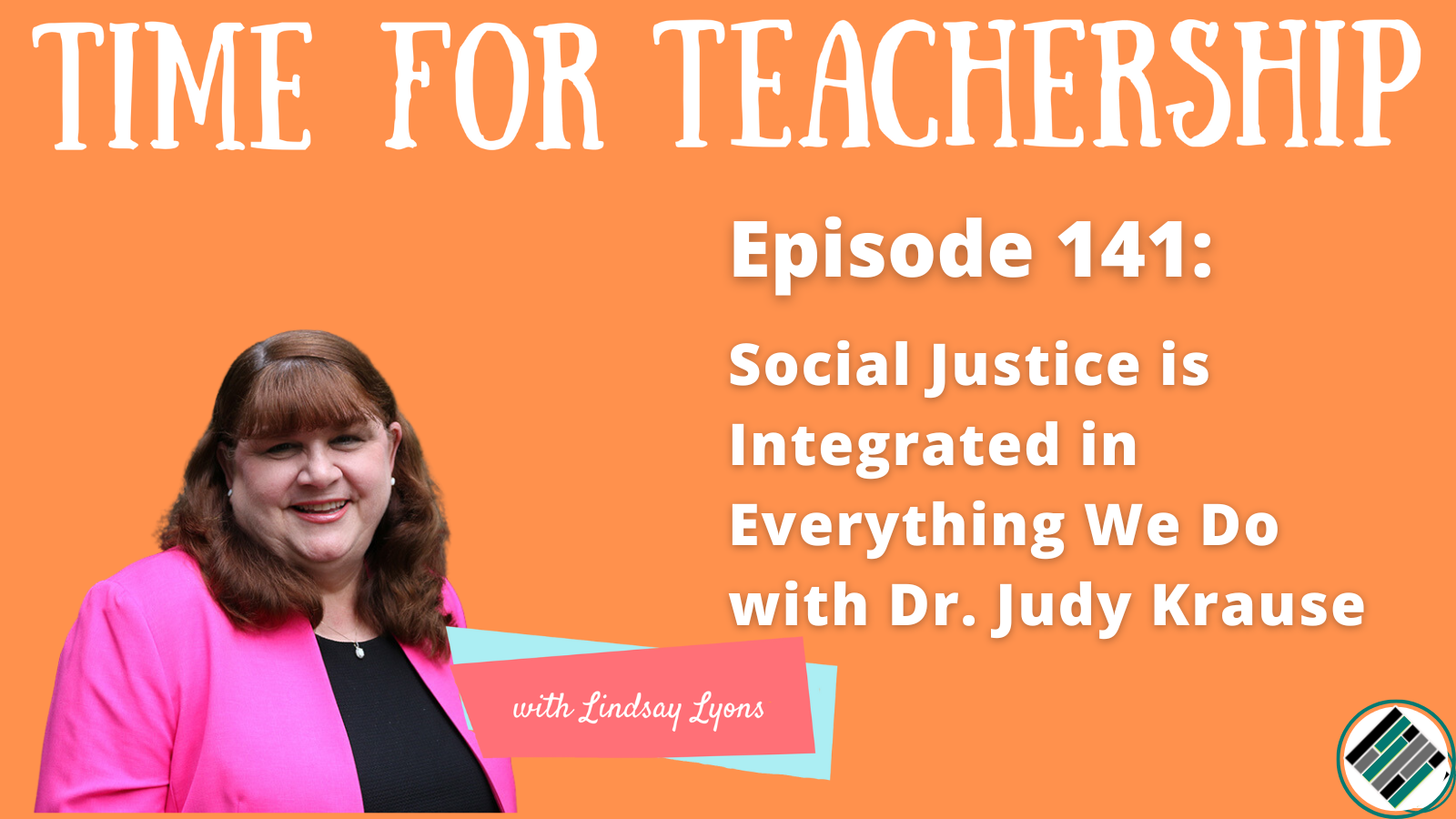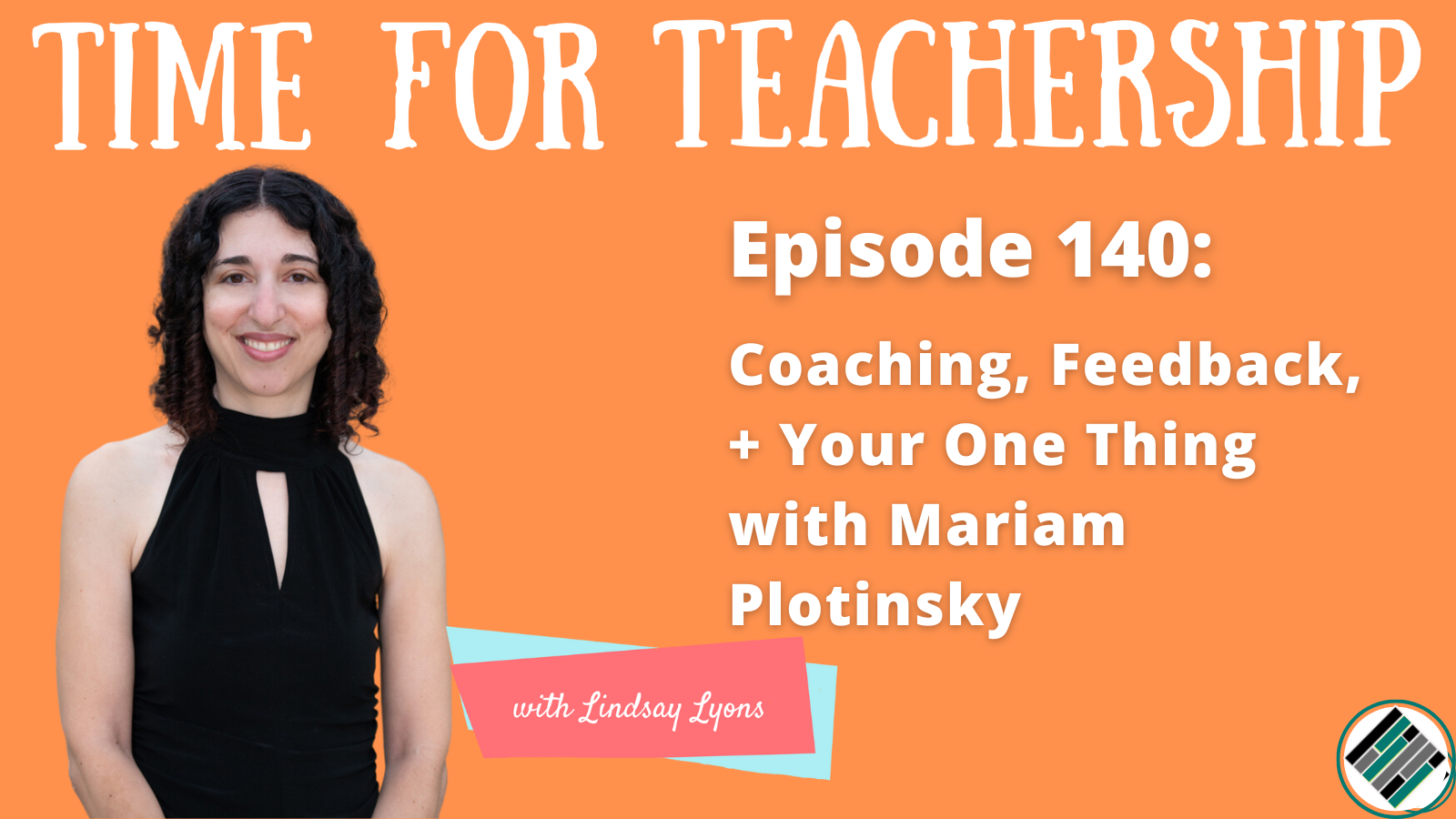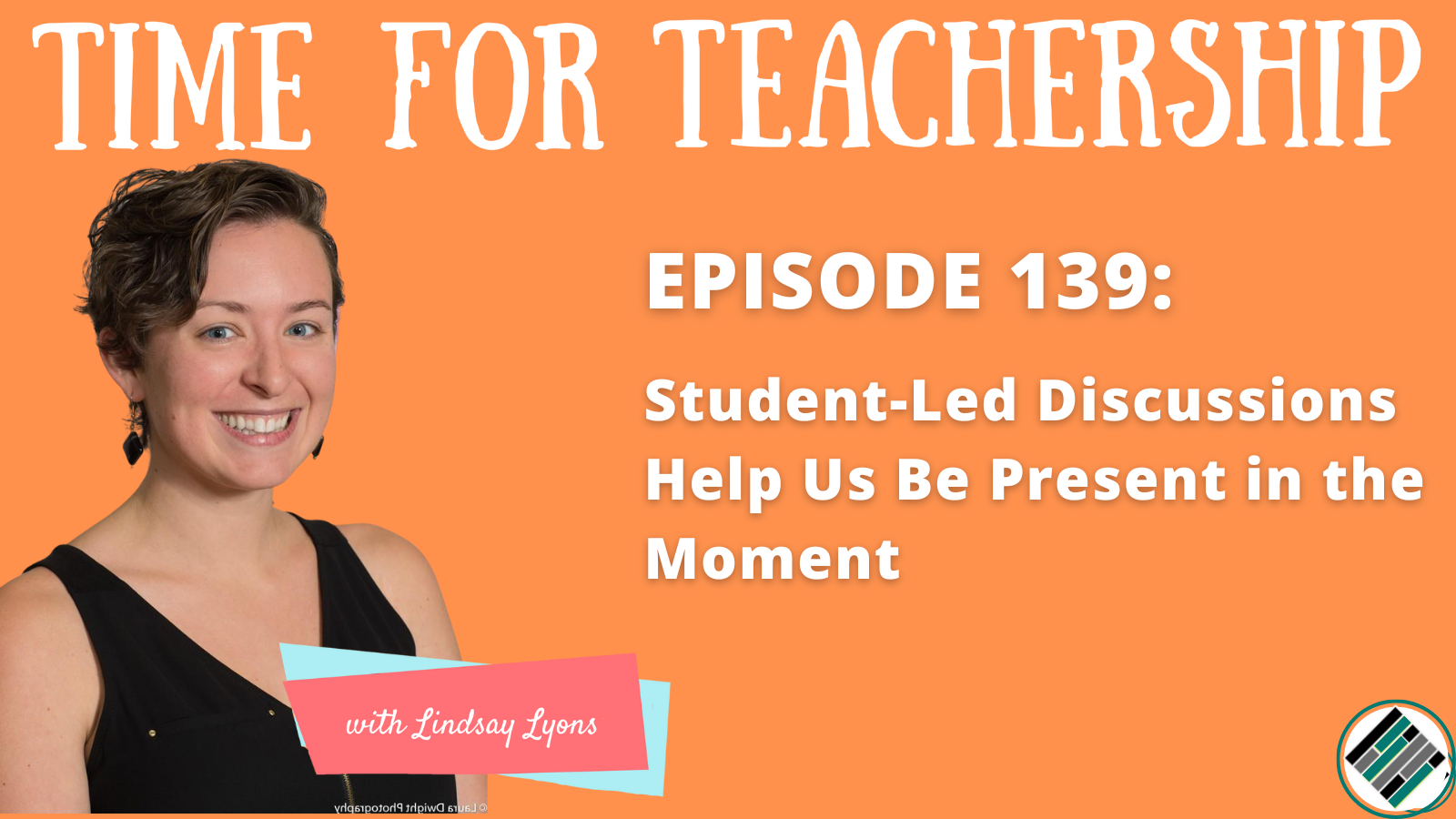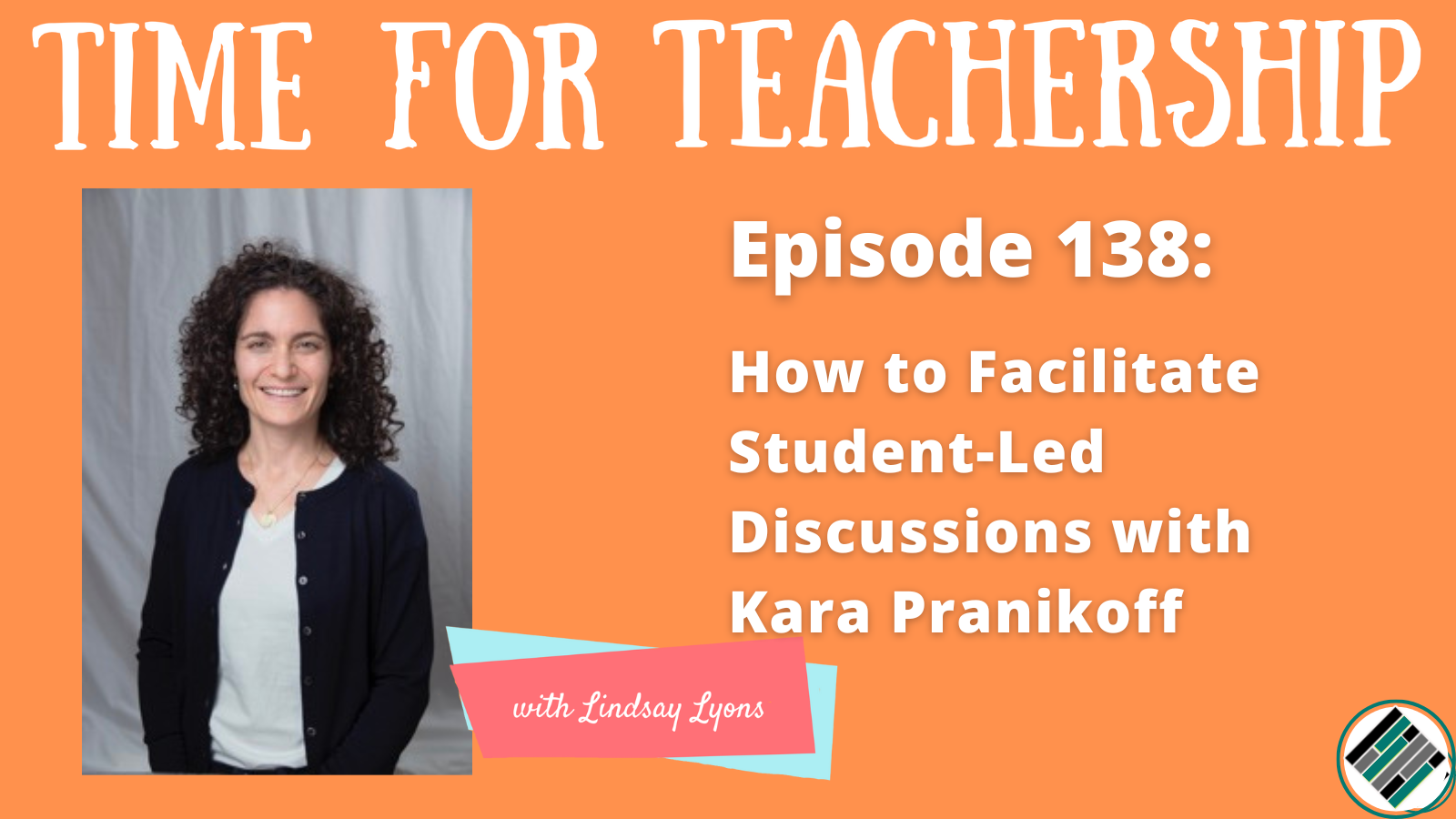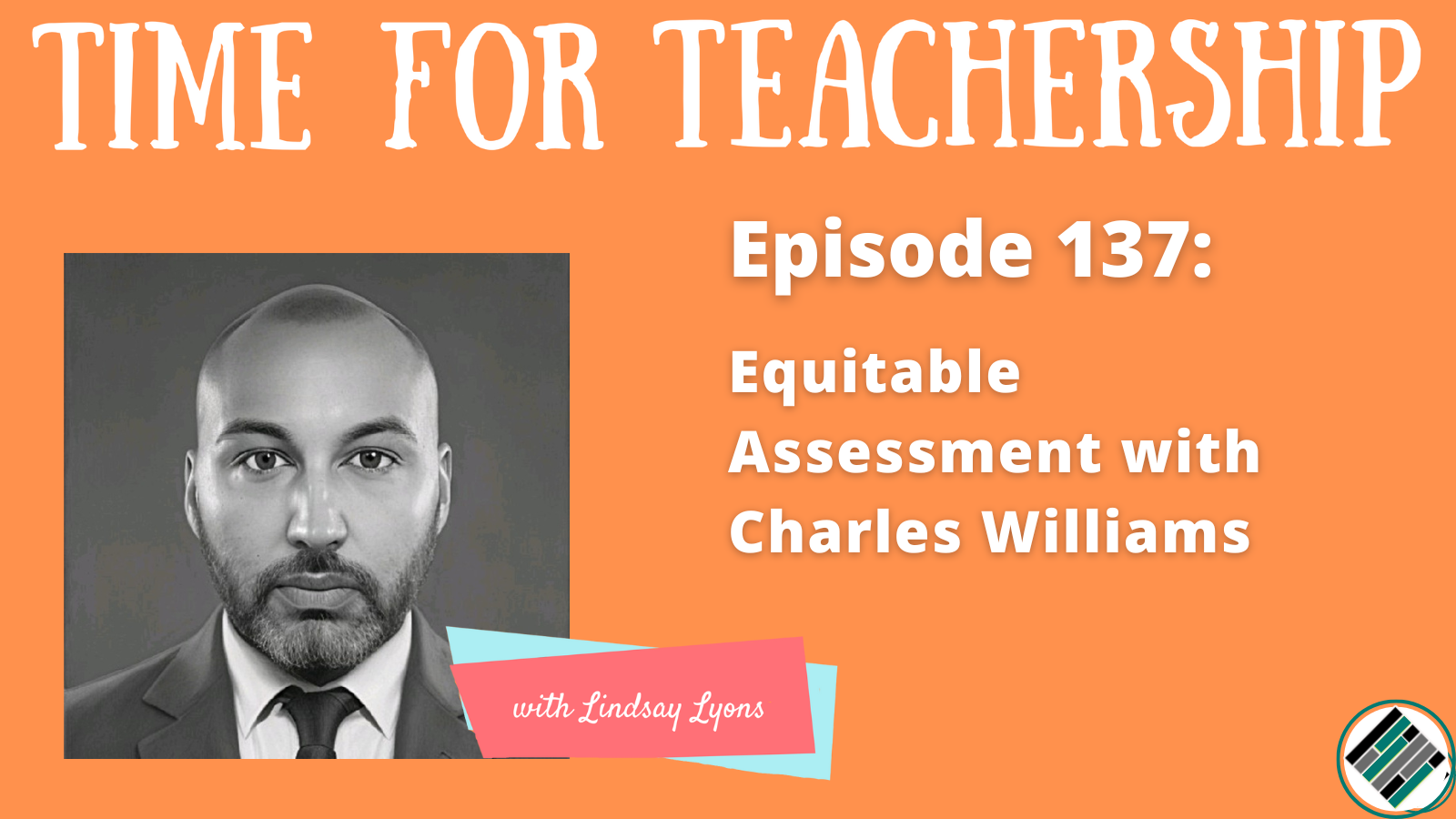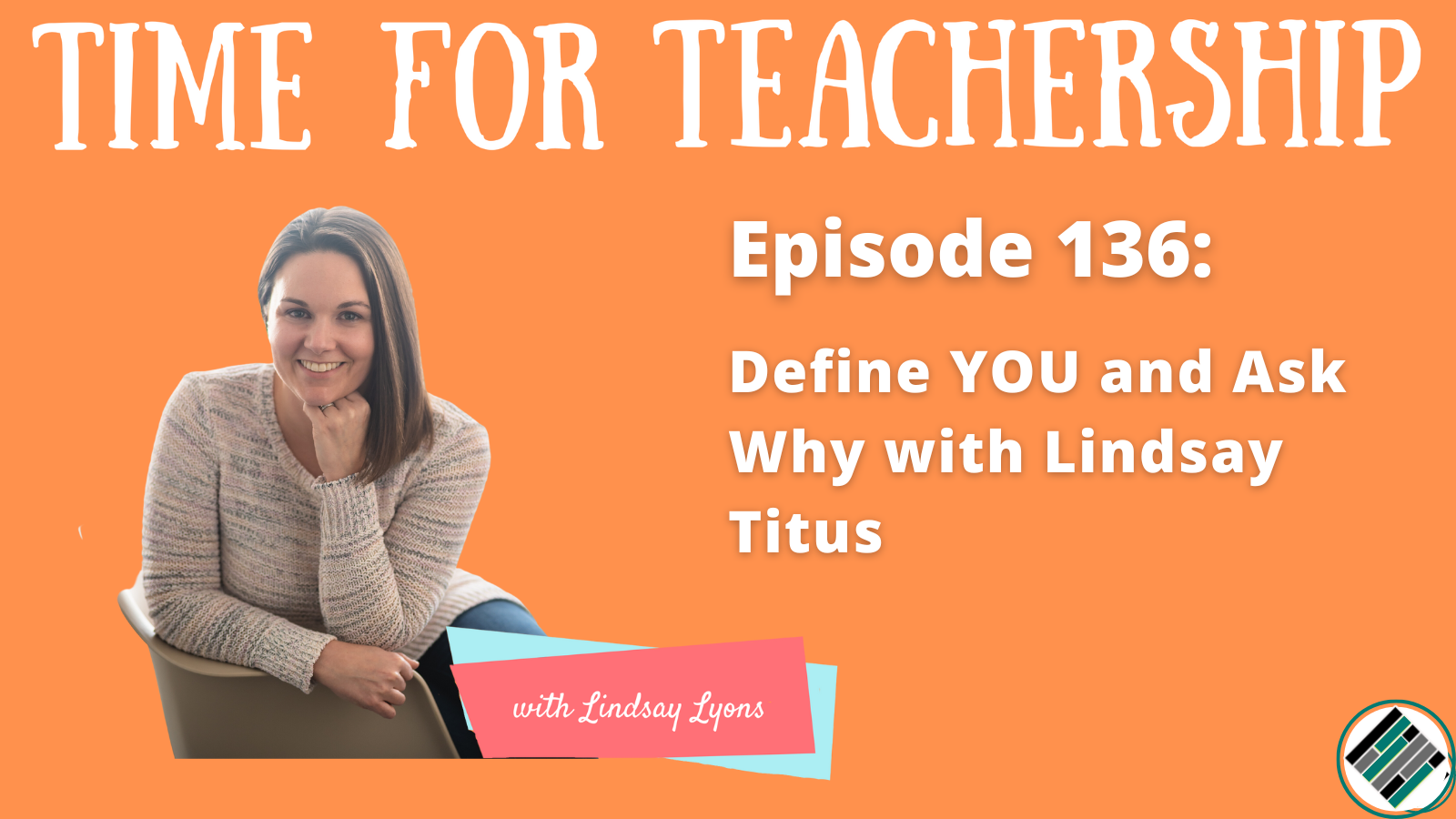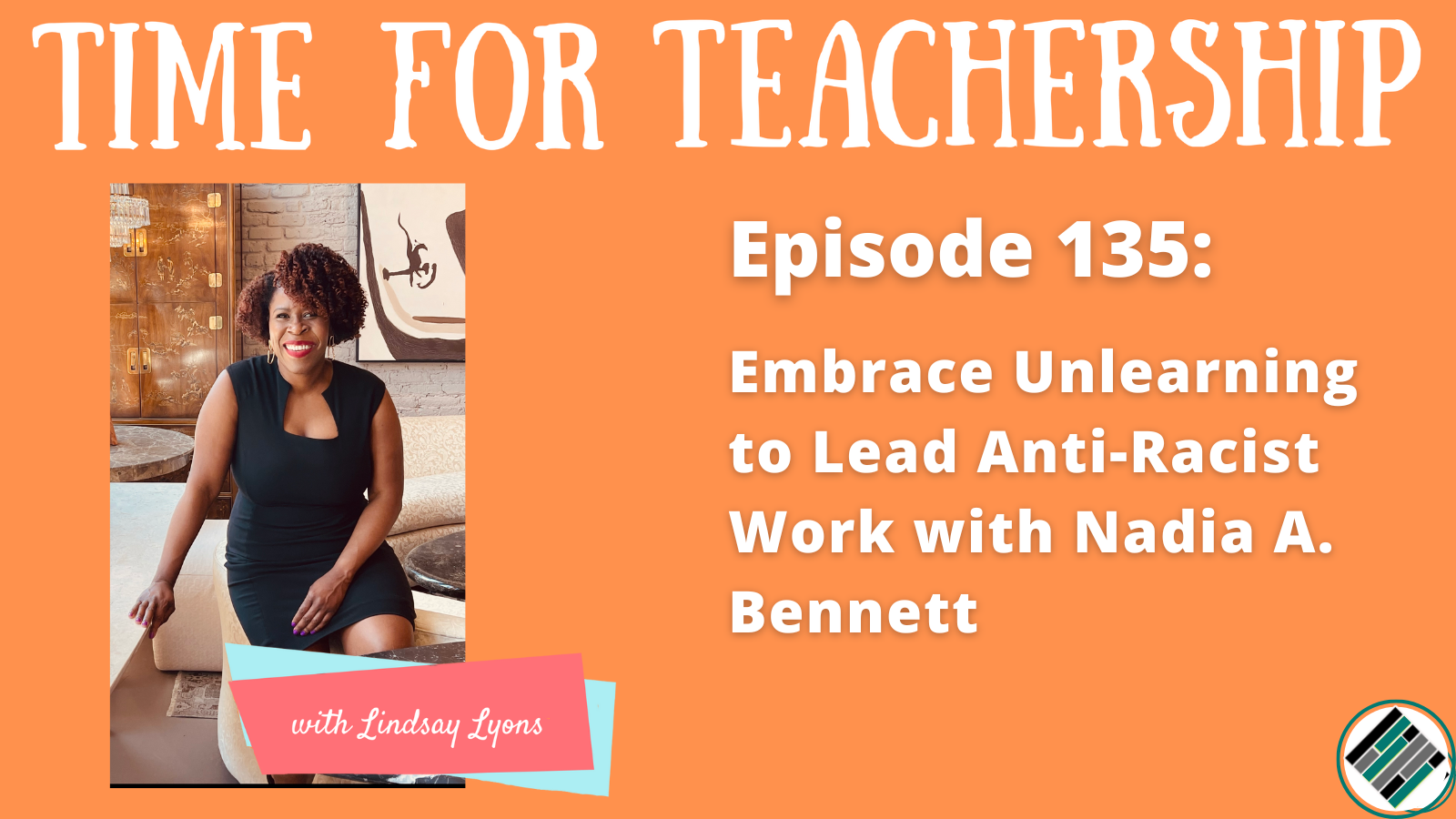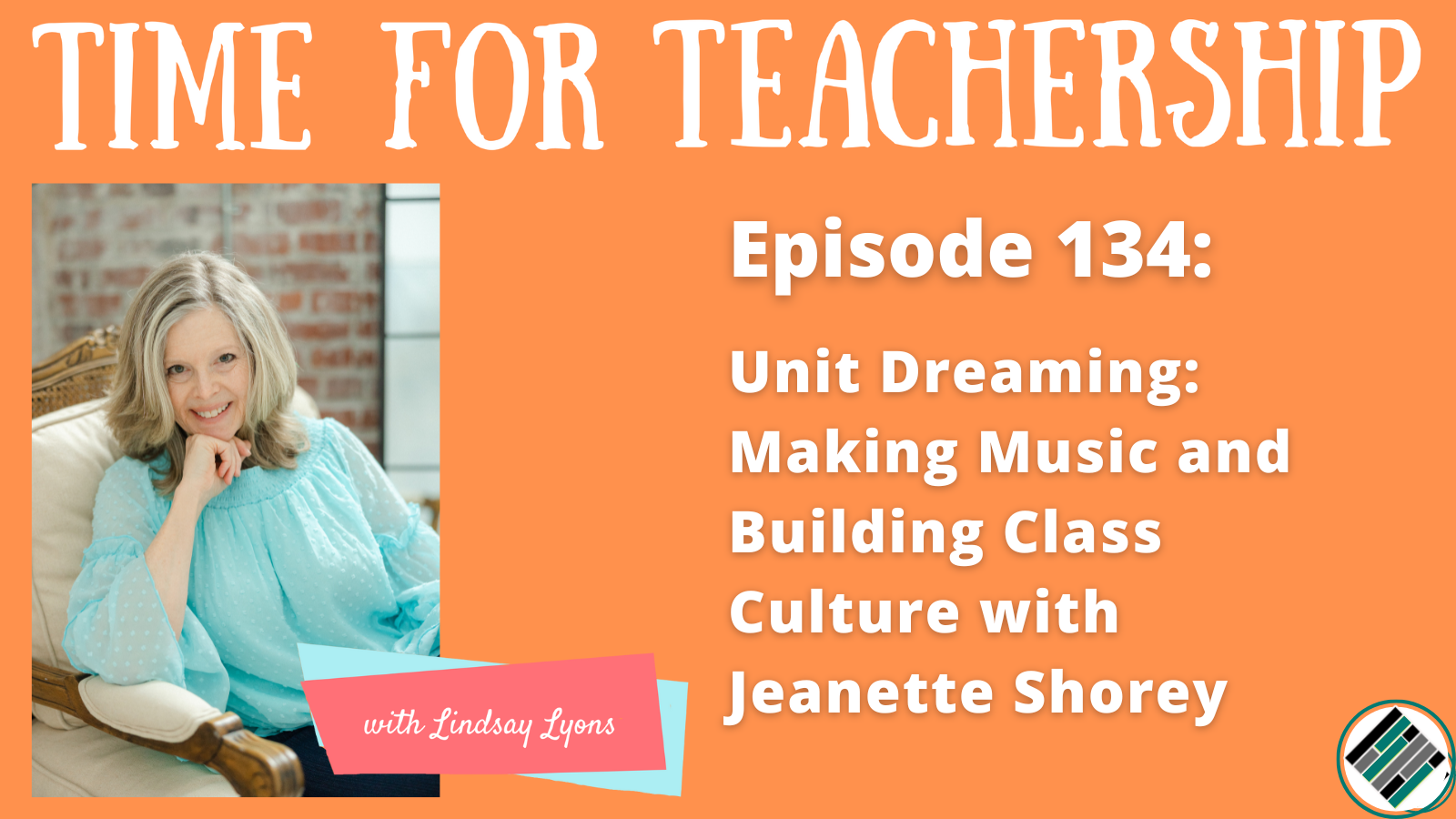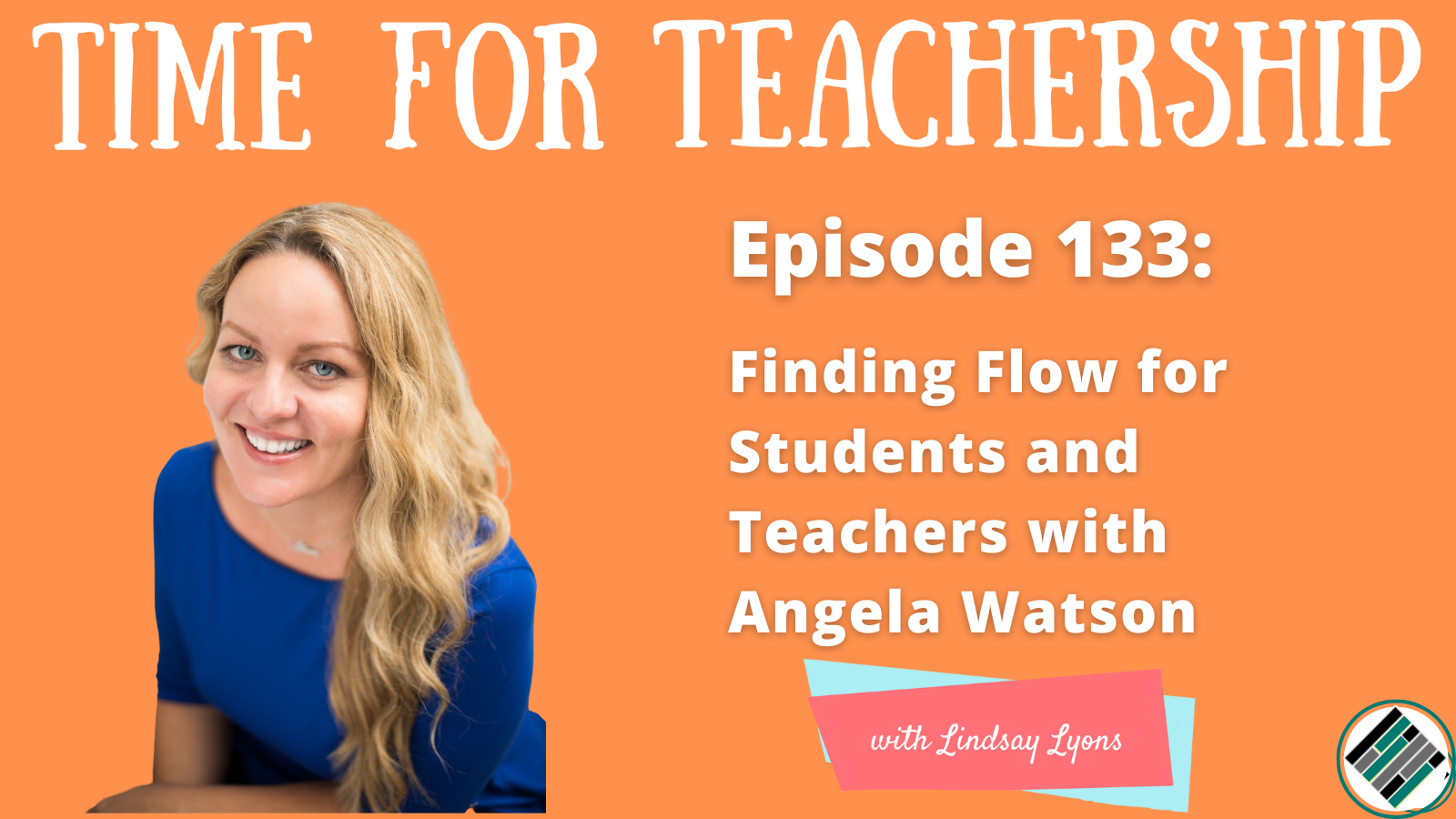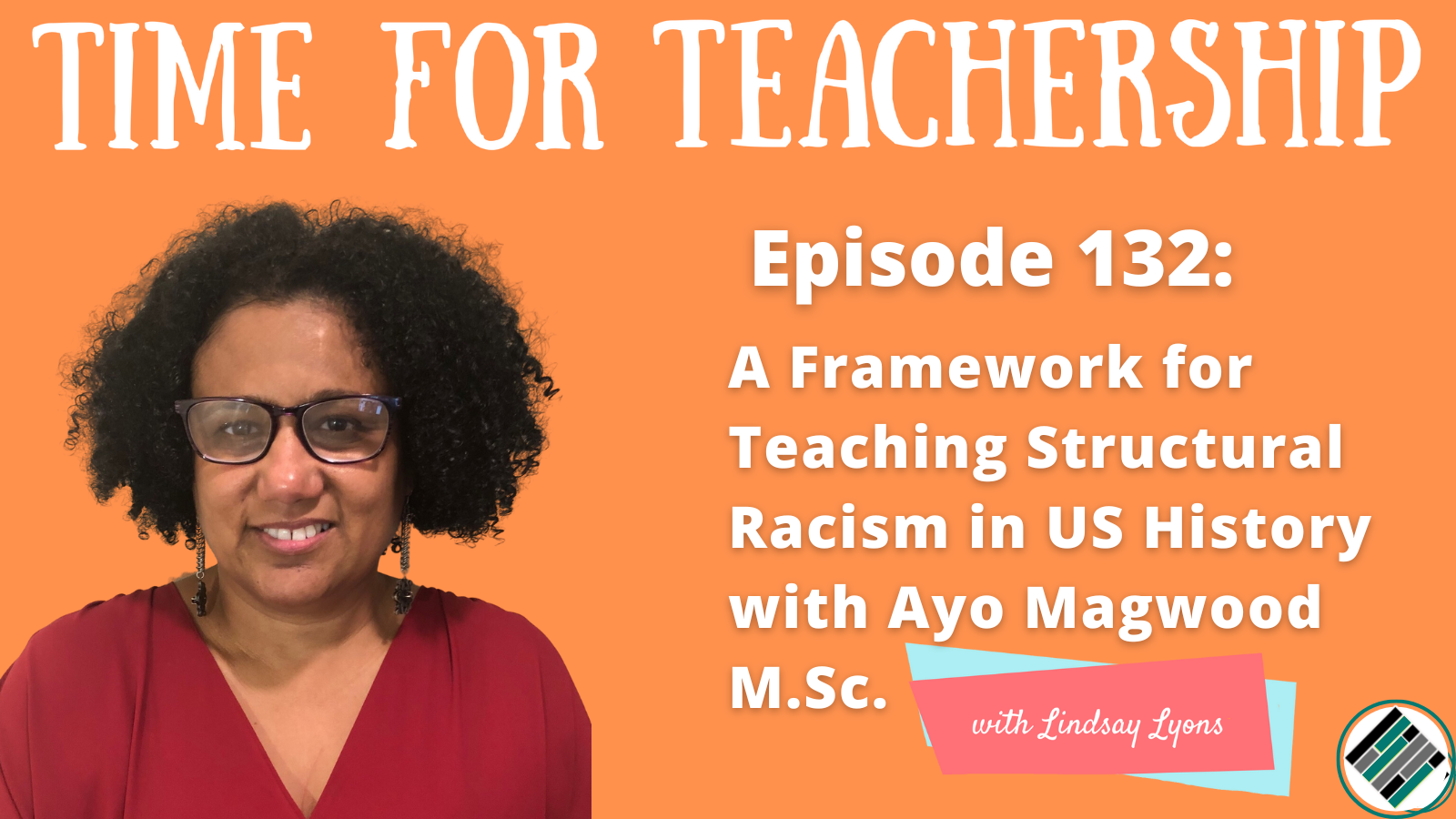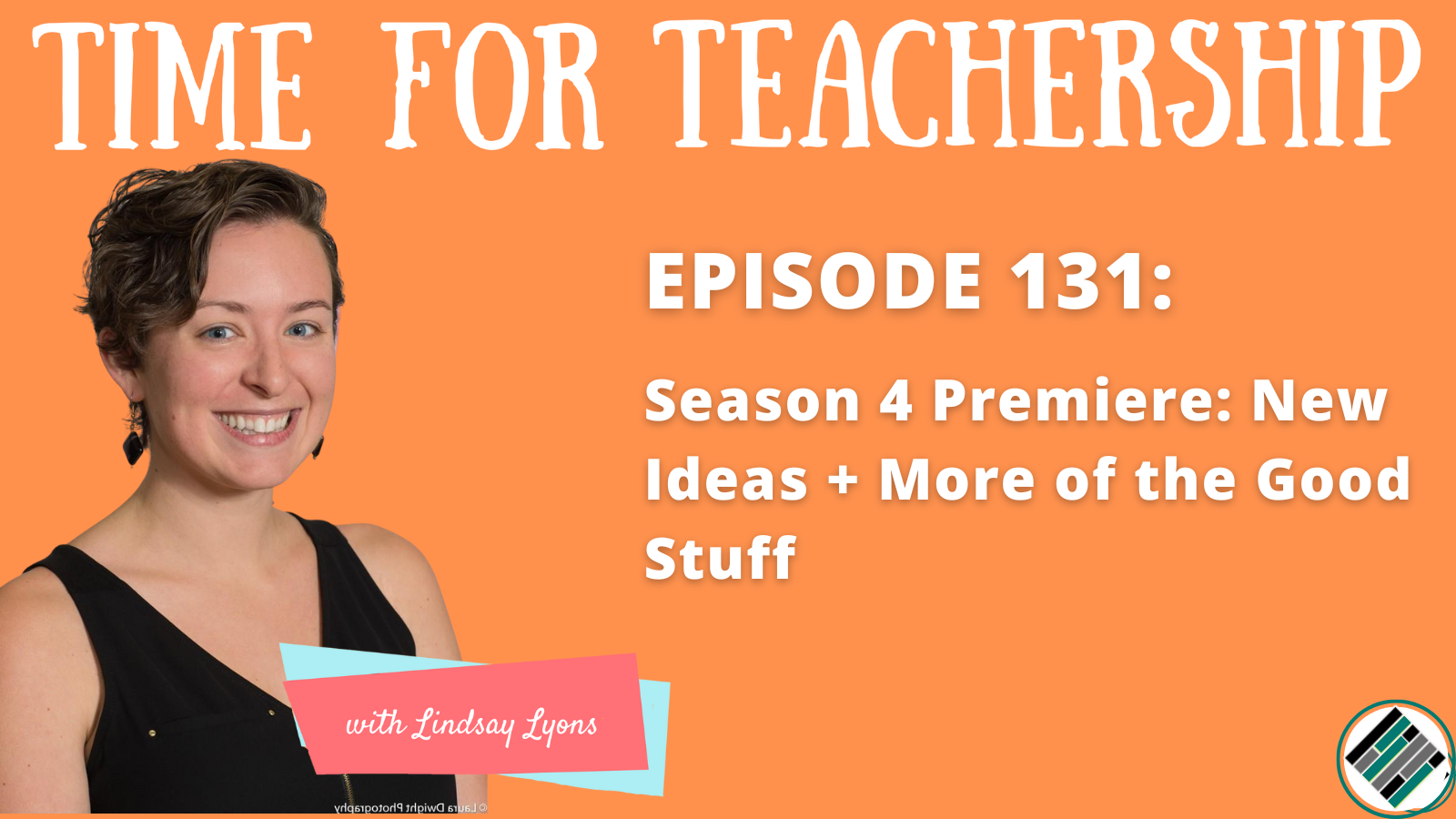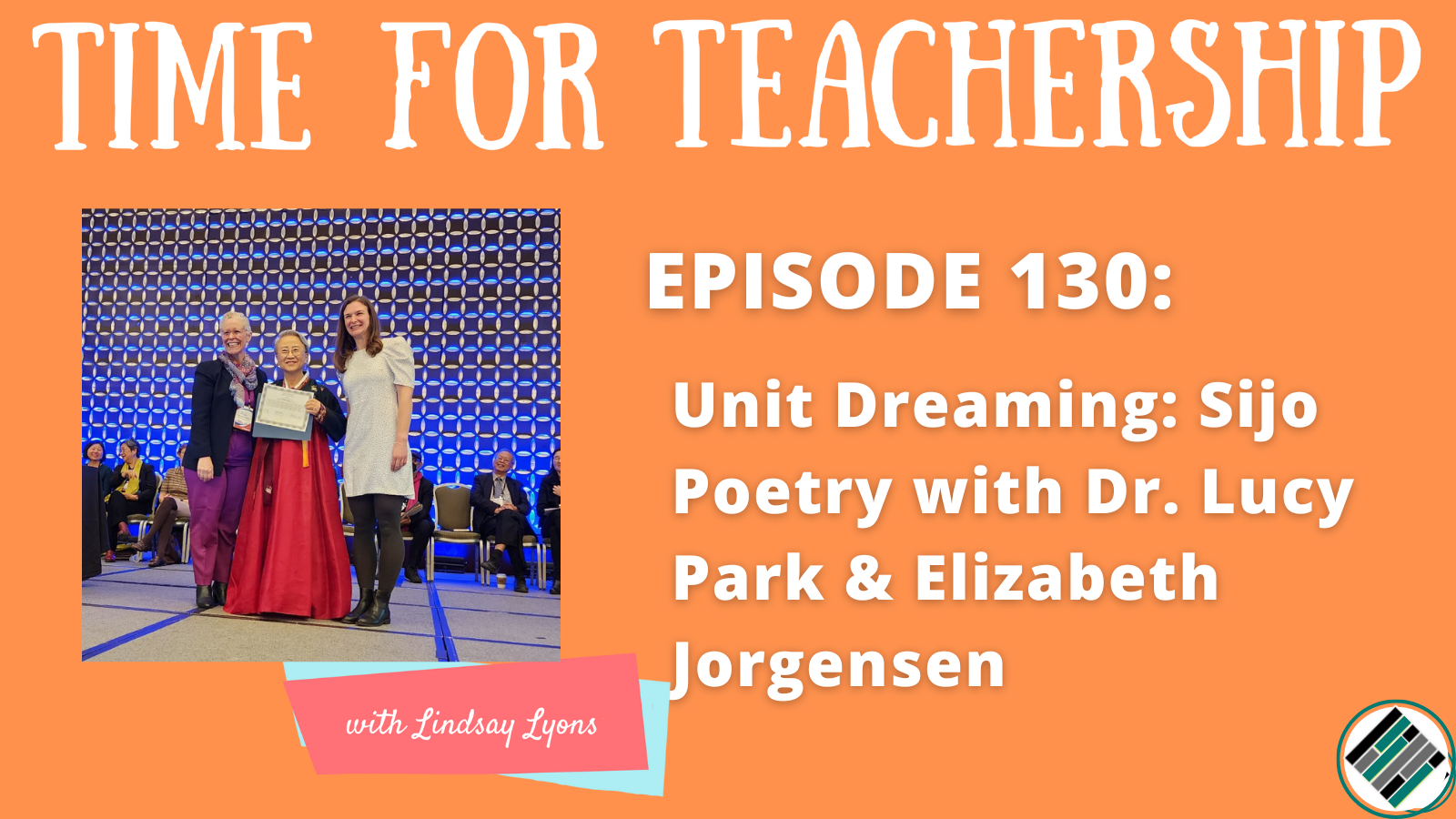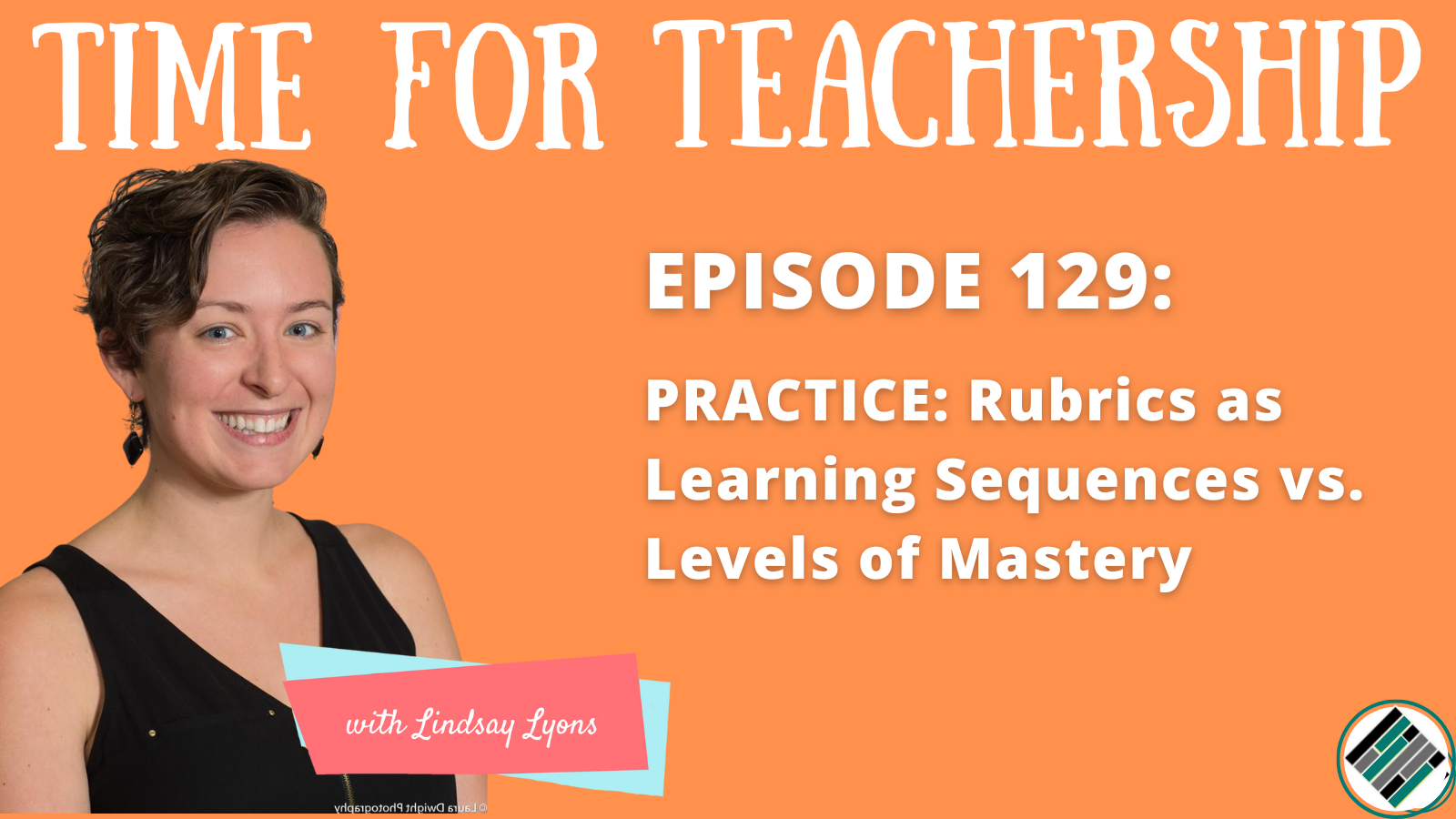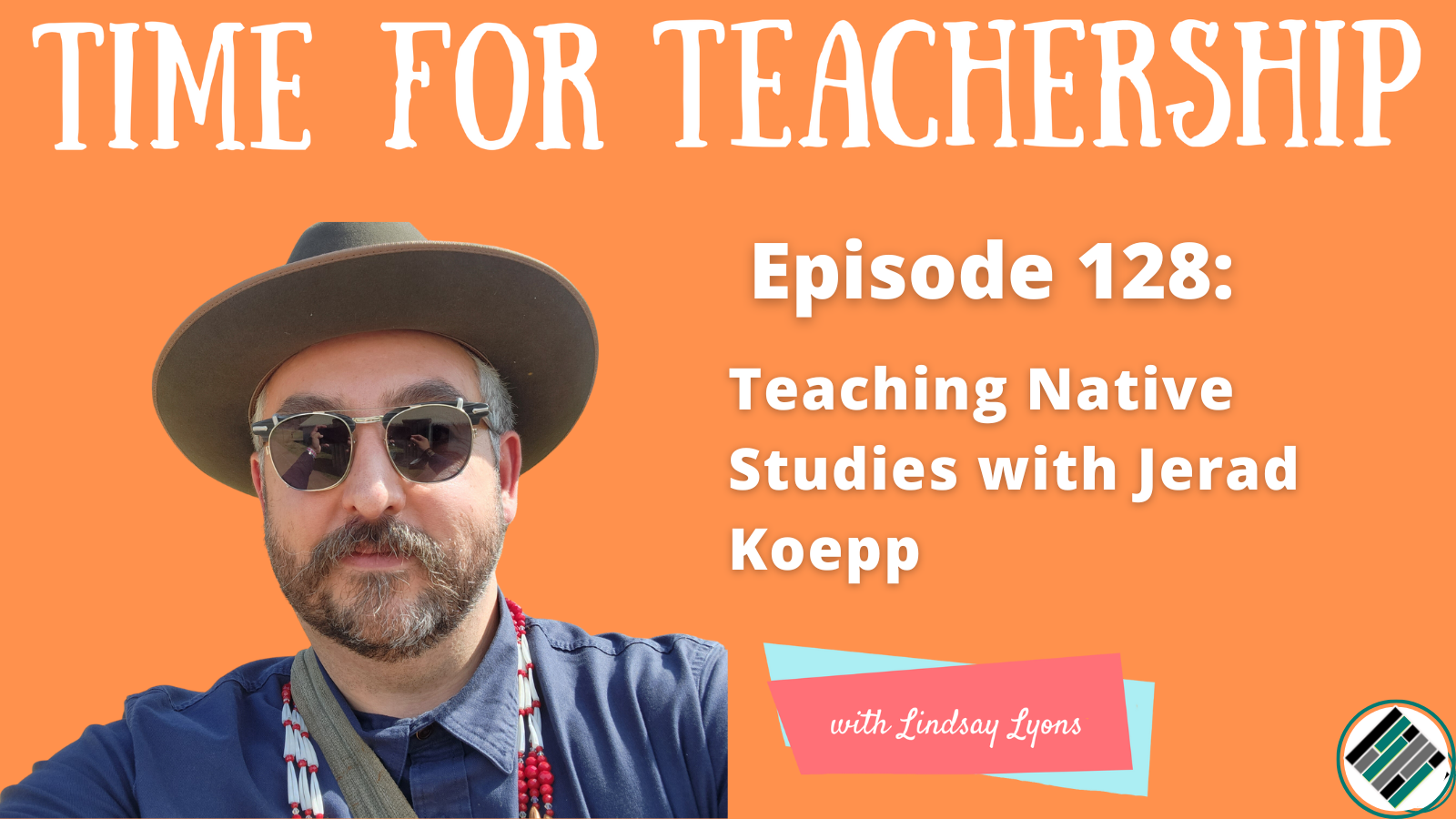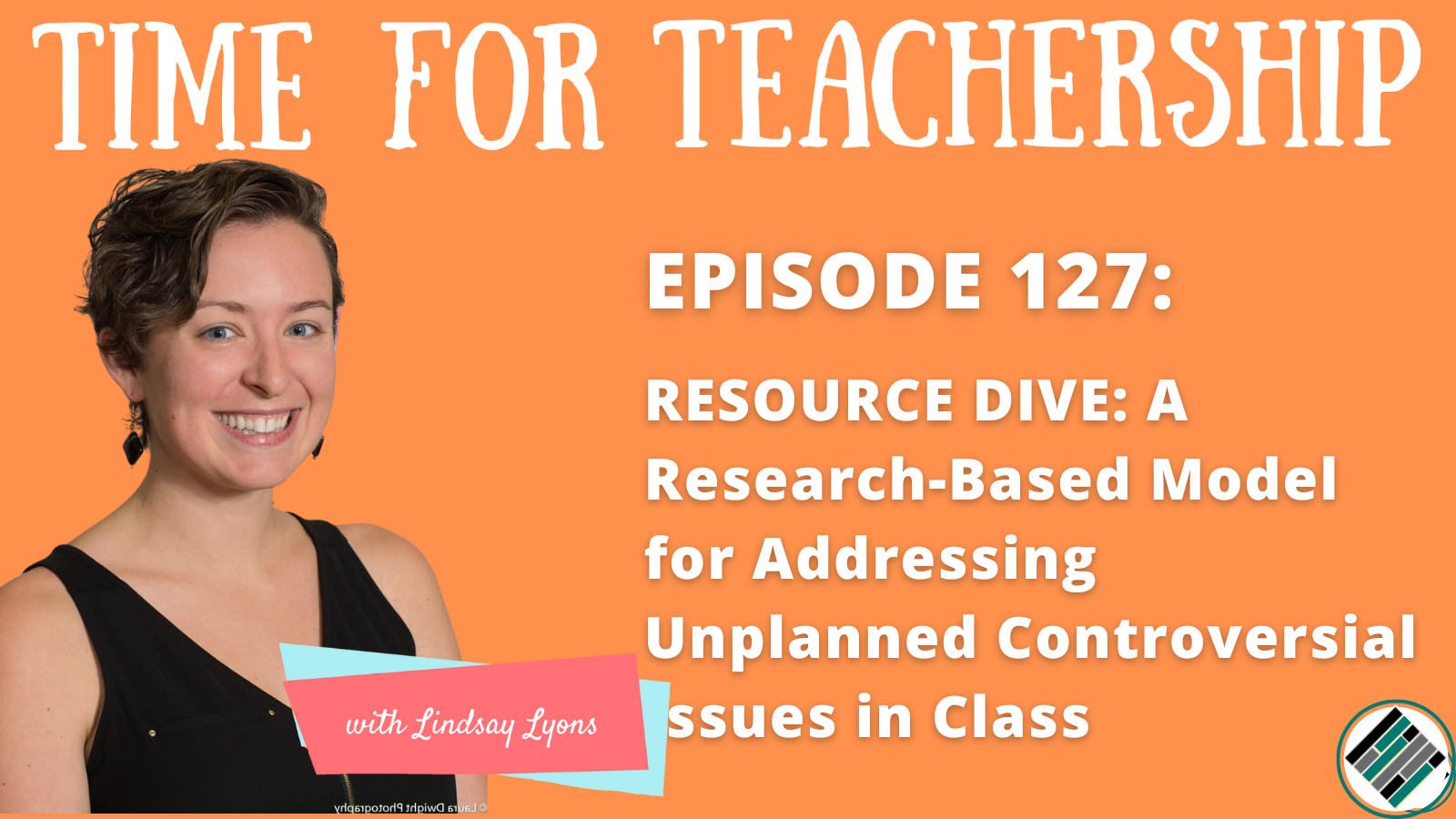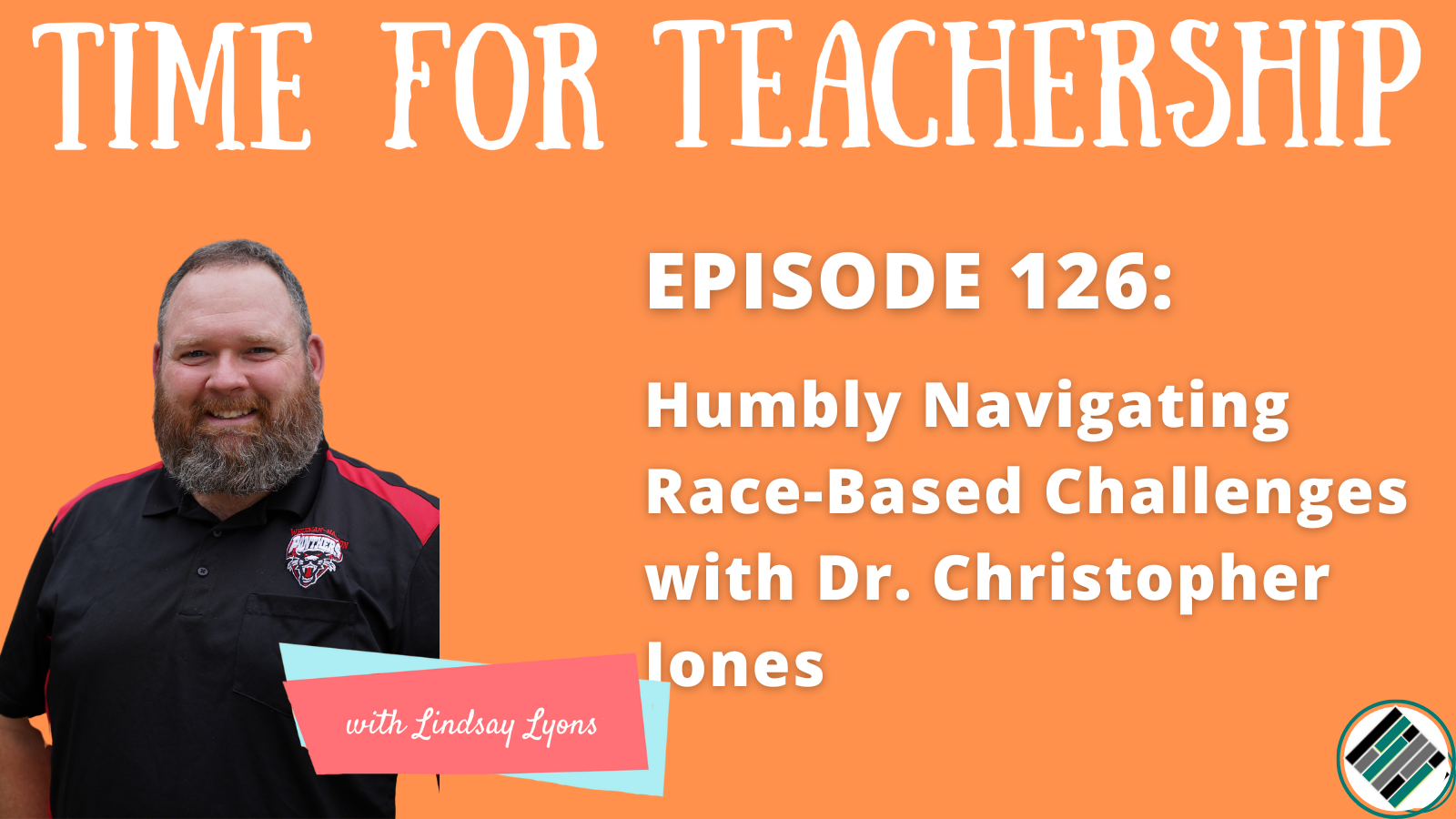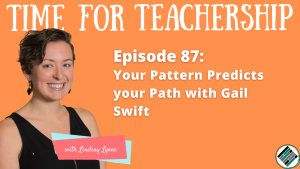
Curiosity is something we’re born with—it’s innate to who we are as human beings. And when we look at children, we see that curiosity and wonder show up every day as they interact with and experience the world around them. But, as they move through the school system, that curiosity is often stamped out through rules, standardized testing, and prescribed learning outcomes.
Gail Swift, guest on a Time for Teachership podcast episode, shared that her biggest motivator is to reclaim that sense of curiosity in education. Her primary way of doing this is by helping students and educators learn about their aptitudes—innate gifts and skills they have that helps motivate them and inspire action.
Embracing Your Theme
There are a lot of things that are out of the control of educators. But there’s also a lot that is within our control, primarily what goes on in the classroom. Gail recommends that teachers identify a theme for their class or department that helps focus and guide decision-making.
For example, Gail’s main theme is to raise up contributors—students who are active participants in their learning, education, and society. To be an active contributor, they need to be curious, creative, and empowered to make decisions.
Once you have a clear theme, you use it as a benchmark for all daily decisions. If you are raising active contributors, ask: does sitting for hours at a time support the theme? Does clothing choice support the theme? Do my curriculum choices fit the theme?
Centering decision making on themes can help educators establish what is important and what’s not. This also helps them focus on what’s within their locus of control versus what’s not.
Student Aptitudes and Decision-Making
Gail’s primary tool for raising up active participators is by teaching students and teachers about their aptitudes. Aptitudes are innate skills, abilities, and gifts—it’s how each person uniquely views the world and takes action.
With the Student Aptitude Quiz, participants learn about how they make decisions. There are four main needs people have to make decisions:
- Need for information: Do you need a lot of information to make decisions or are you okay with little?
- Need for systems: To what degree do you need structure, organization, and systems to make a decision?
- Need for risk: Does a level of risk help you make decisions, or do you need stabilization more?
- Need to get your hands on the world: Do you learn through hands-on experiences, or do you have a need to envision how things work?
These aptitudes are color coded, and students are taken through their unique profile. As they learn more about themselves, they discover how they learn.
This is equally important for educators to know about. Gail pointed out that most teachers are similar in the way they teach. Typically, teachers have a high need for information and organization and a lower need for risk and hands-on experiences. So, if you have a student in your class who learns differently than you teach, there’s going to be frustration.
But if both teachers and students learn more about their aptitudes, they can find the way that works best for them. Teachers can learn how to teach diverse students and students can learn their strengths and capitalize on them.
Educators strive to empower their students. Two ways to do this is to get clear on your theme—what’s the driving goal of your work?—and to learn about each student’s unique aptitudes and skills to help them learn better.
—
To learn more about Gail’s work, check out Plans to Prosper Coaching. And if you want to hear her full interview, check it out on the Time for Teachership podcast along with other interviews and content.
Quotes:
-
- 8:35 “When you have a theme. An agreed-upon—that’s huge—theme … And you can agree that you want to raise contributors as a department … bench-marking decisions on a daily basis in accordance to the theme will save a lot of headaches on the ground.”
- 21:32 “70% of teachers work one way. Generally speaking, 70% of teachers have an M.O. If you have a student that is an opposite of the way a teacher takes action, it has nothing to do with cognition or smarts. It has nothing to do with your personality. This simply is the way the student takes action and solves a problem.”
- 27:45 “There are different ways of taking action. And when the teacher is at least aware that this even exists … to even know that there is another way to teach math, it opens things up.”
Click to Tweet link: https://ctt.ac/3mplt

